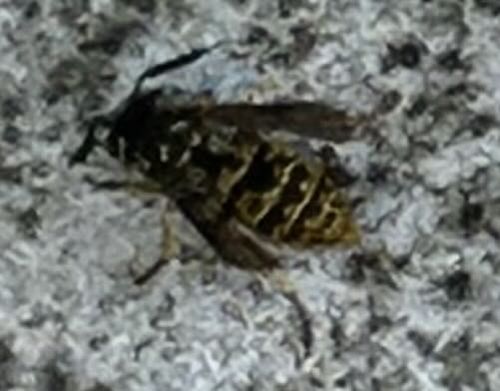Yellowjacket
Scientific Name: Vespula spp. or Dolichovespula spp.
Order & Family: Order: Hymenoptera, Family: Vespidae
Size: Typically 10-16 mm (0.4-0.6 inches) in length

Natural Habitat
Yellowjackets can be found in a variety of habitats, including forests, urban areas, and suburban gardens. They often build their nests underground in abandoned rodent burrows, in tree cavities, or within the walls of buildings.
Diet & Feeding
Adult yellowjackets feed on nectar, fruit juices, and other sugary substances. Larvae are fed protein, which adults obtain by preying on other insects (like flies, caterpillars, and spiders) or scavenging on carrion.
Behavior Patterns
Yellowjackets are social insects that live in colonies, often numbering in the thousands. They are known for building nests in protected locations, either underground or in cavities. They are aggressive when their nest is disturbed and can sting multiple times.
Risks & Benefits
Risks: Yellowjackets are highly aggressive and their stings can be painful, cause allergic reactions (anaphylaxis) in sensitive individuals, and are a significant pest around outdoor eating areas. Benefits: They are beneficial predators, helping to control populations of other insect pests like caterpillars and flies, which can damage crops and gardens. They also act as pollinators, though less efficiently than bees.
Identified on: 9/1/2025